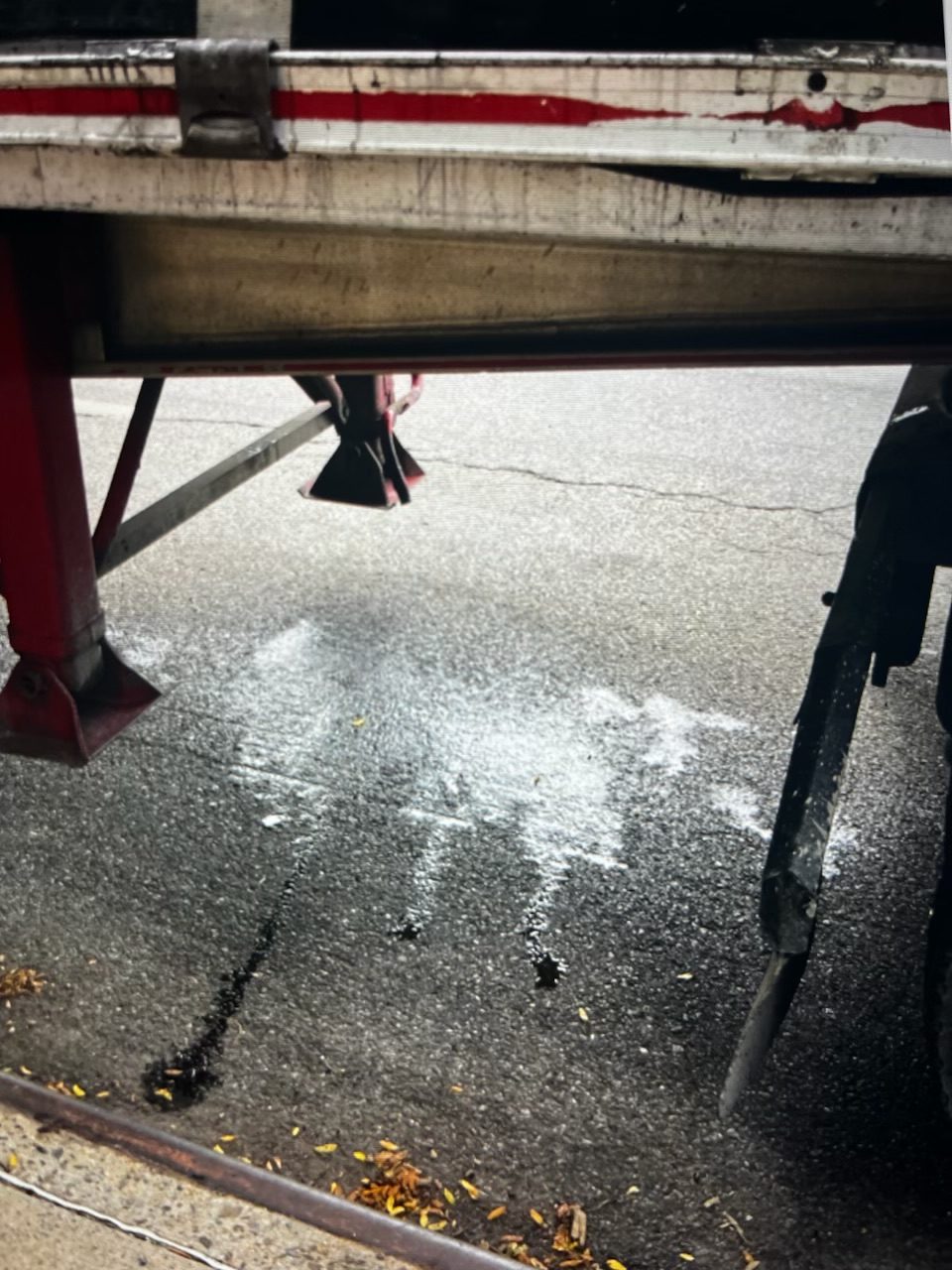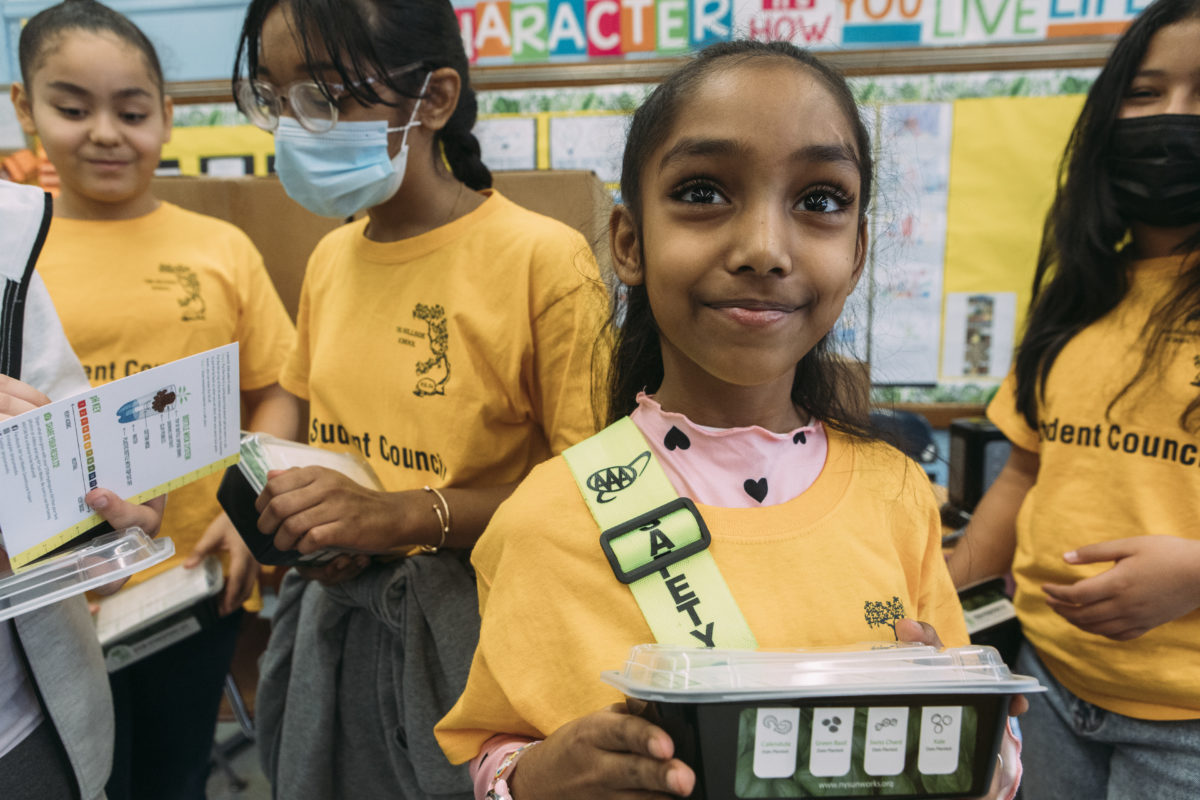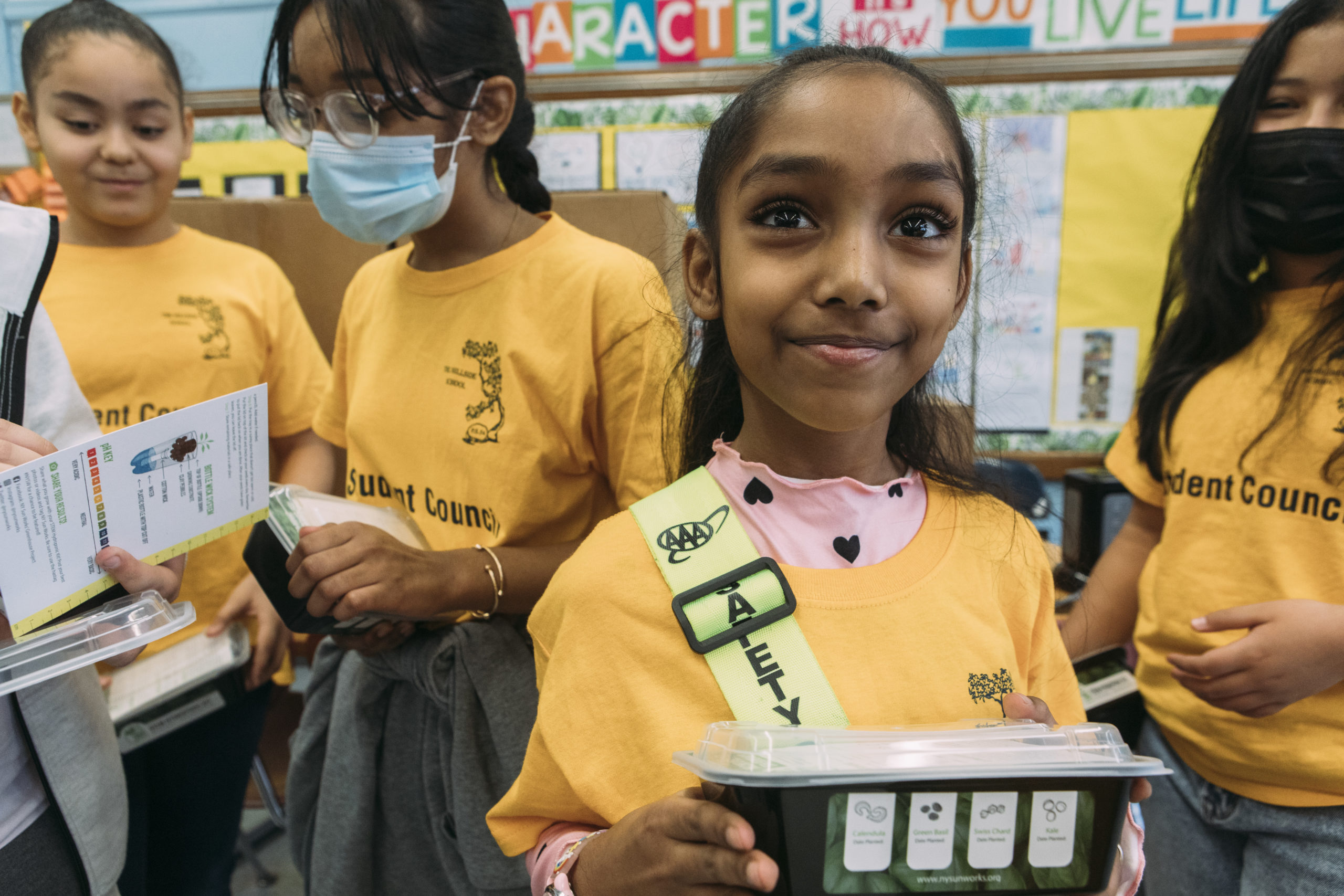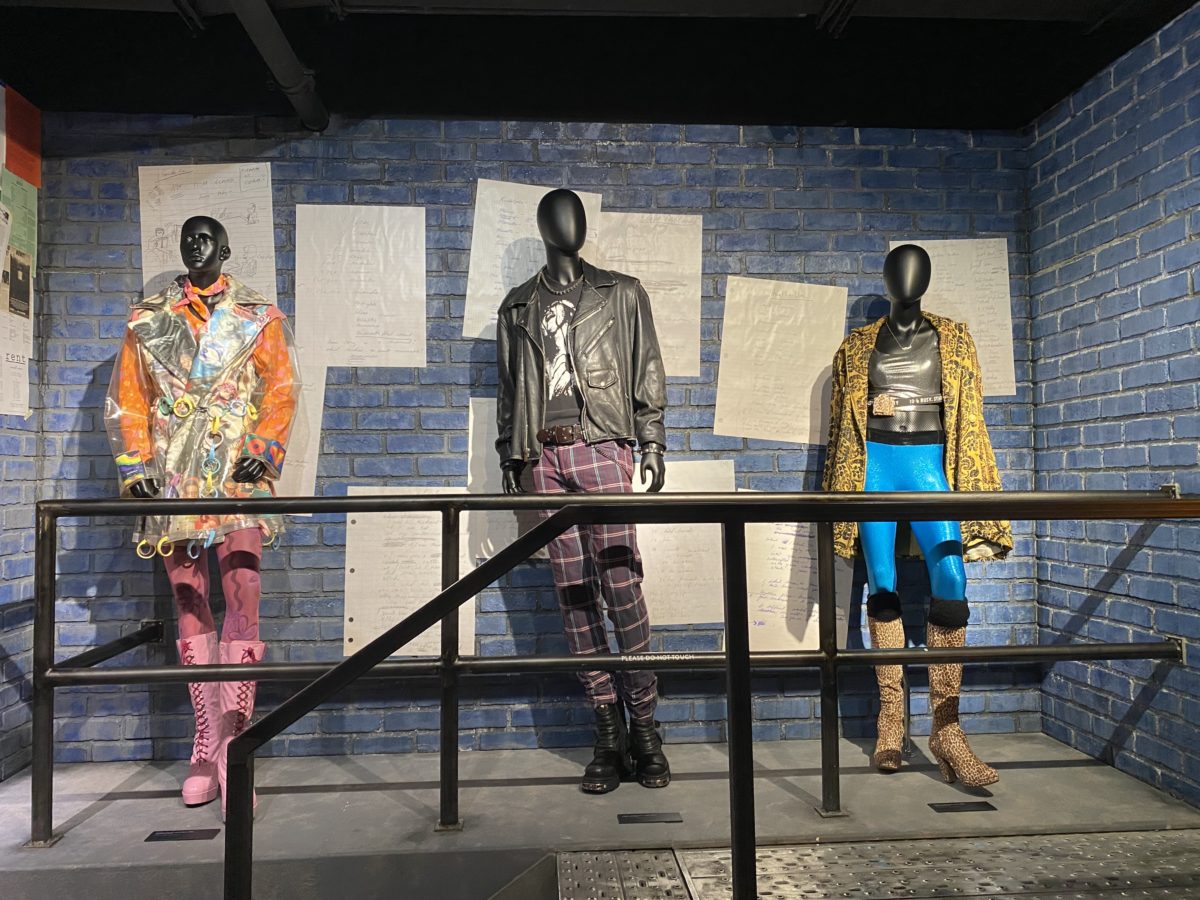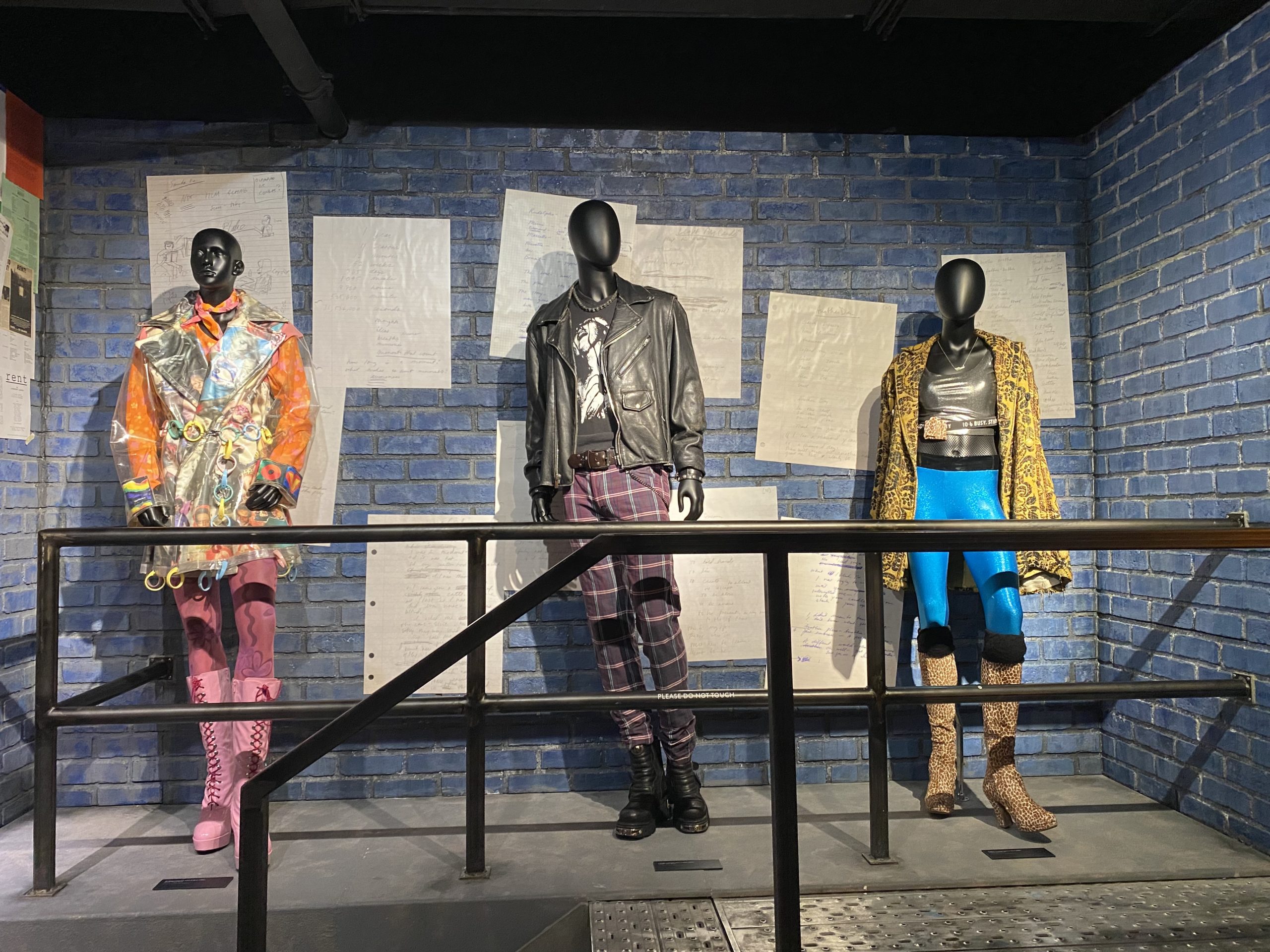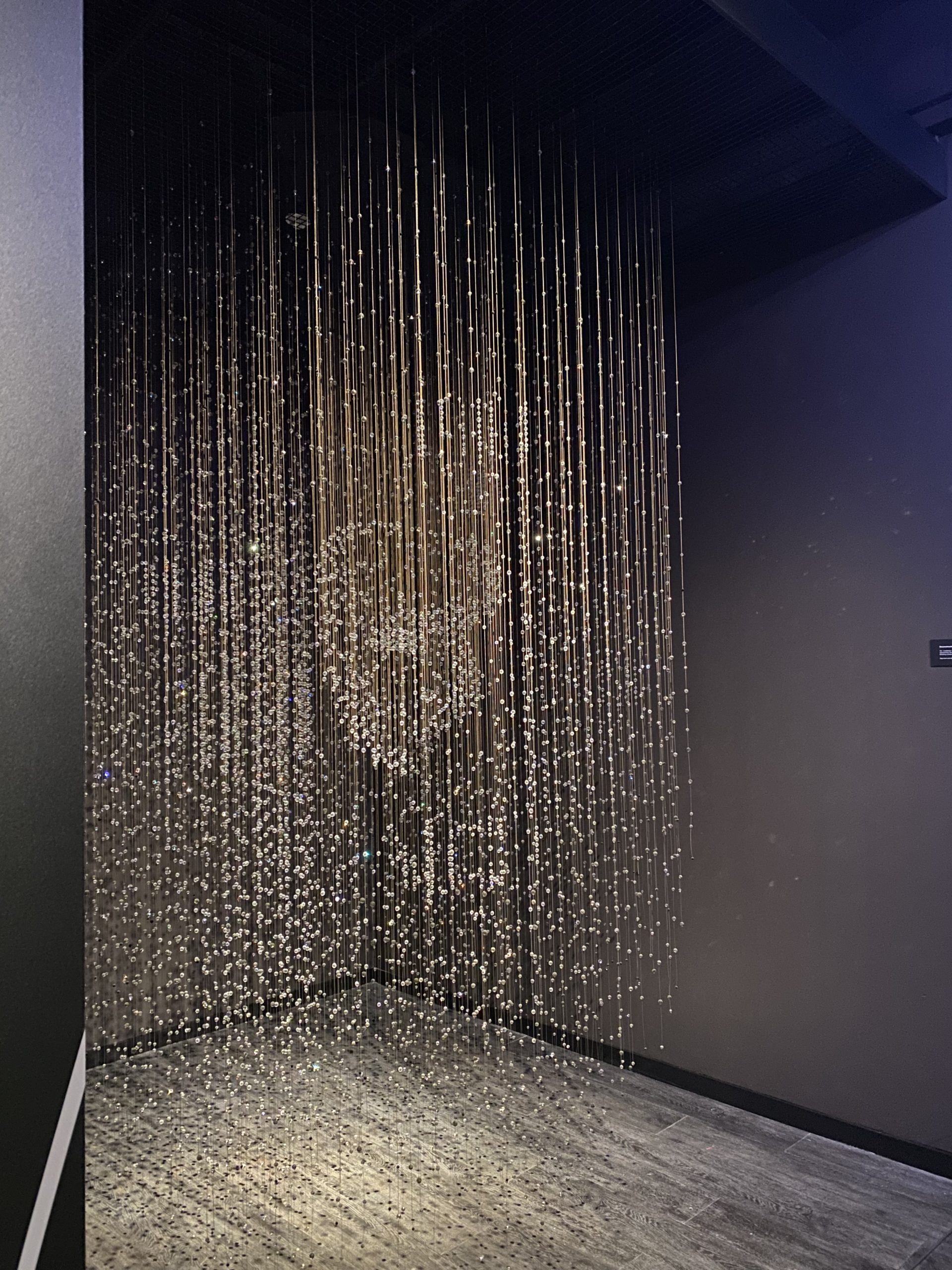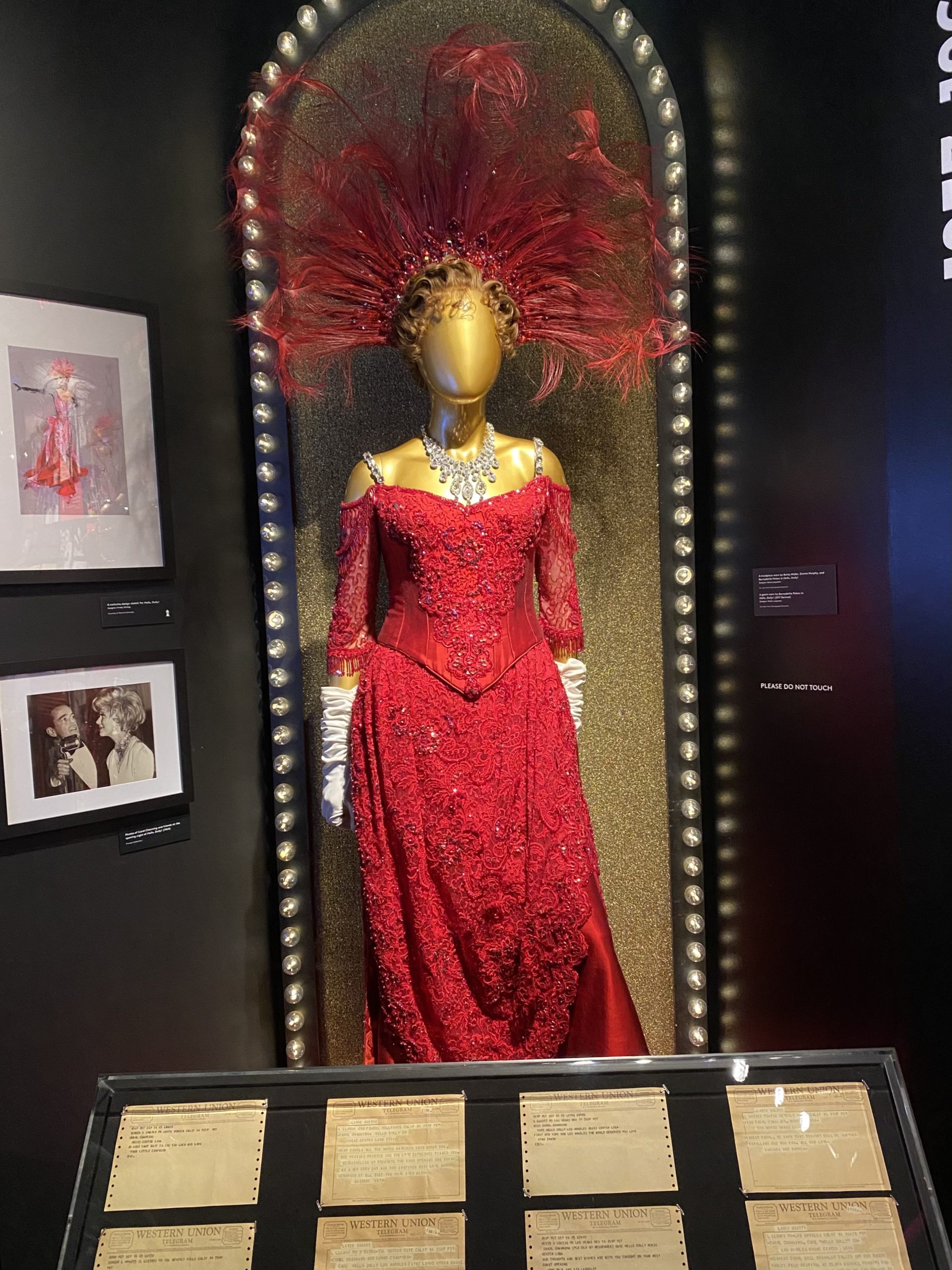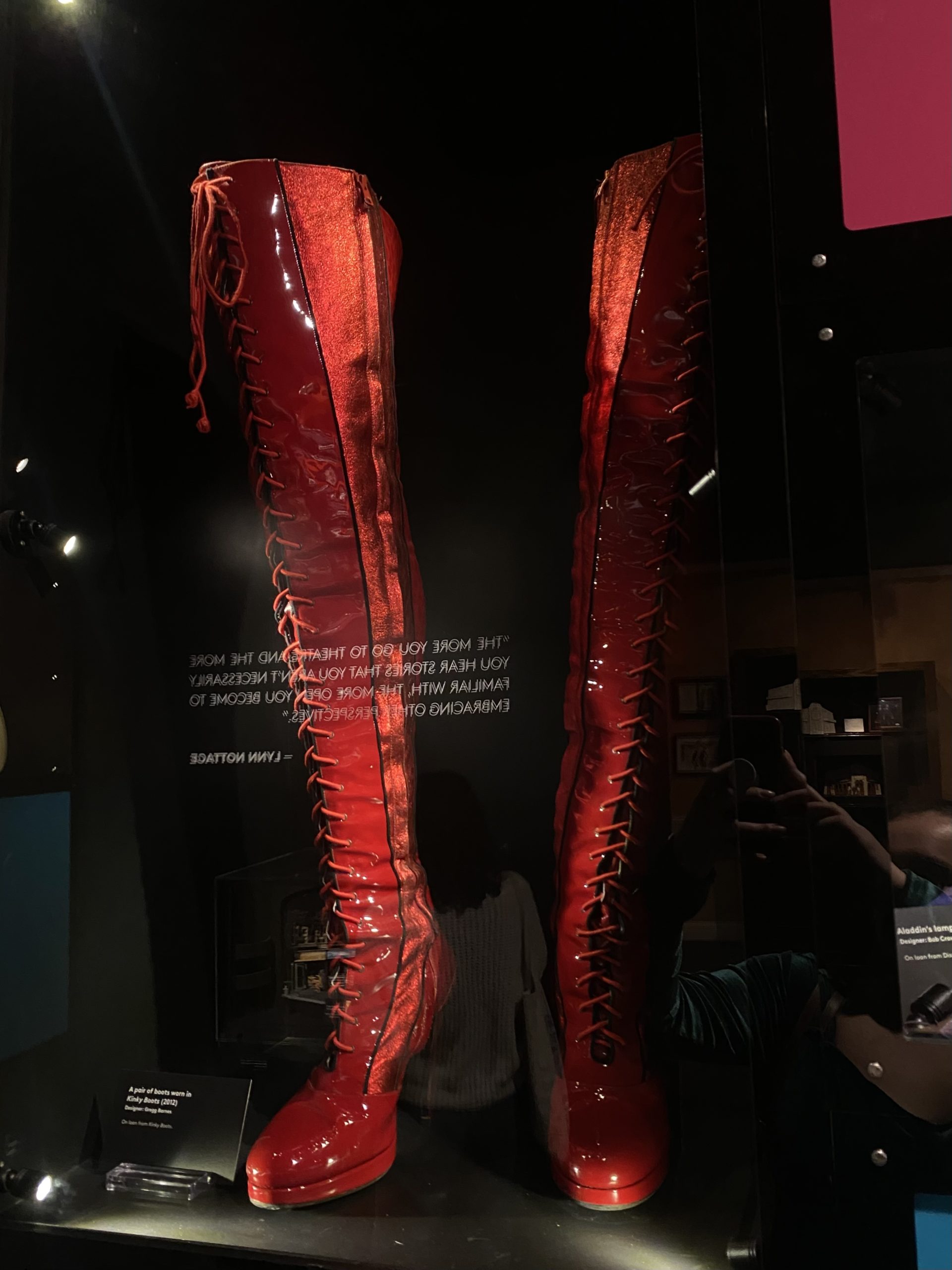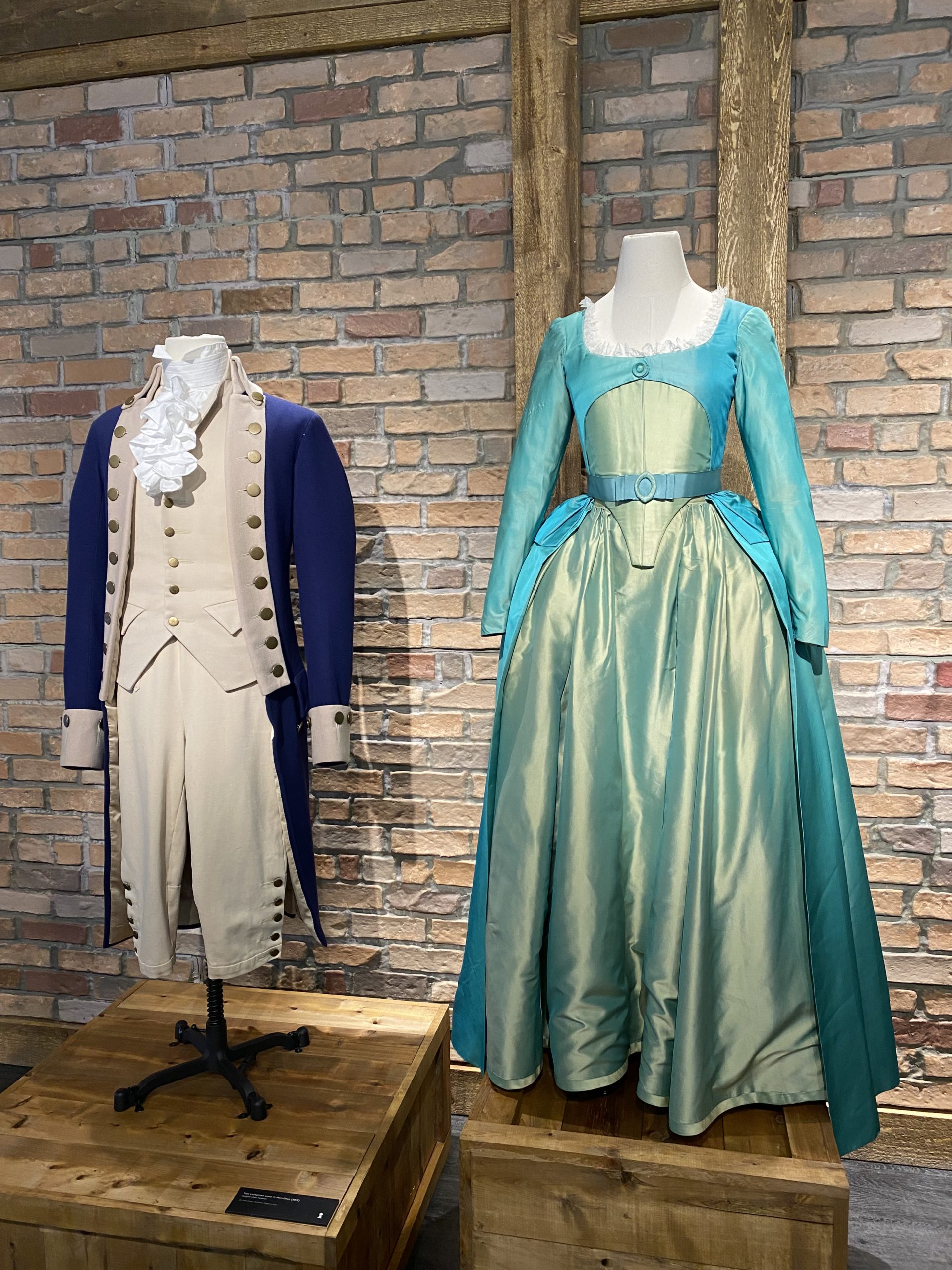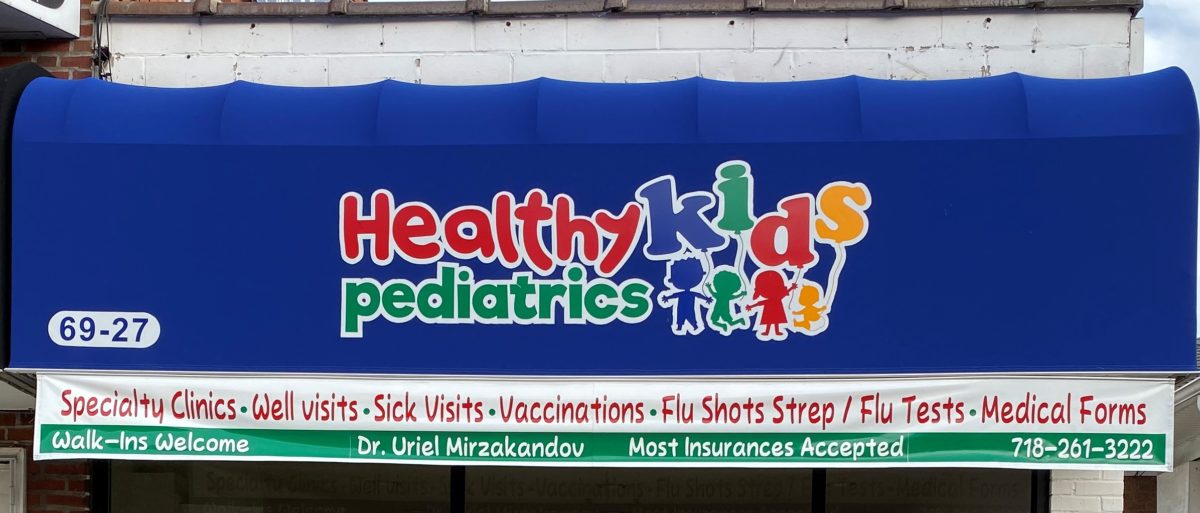Going colorful & bold yet elegant for nearly 100 years
By Michael Perlman
mperlman@queensledger.com
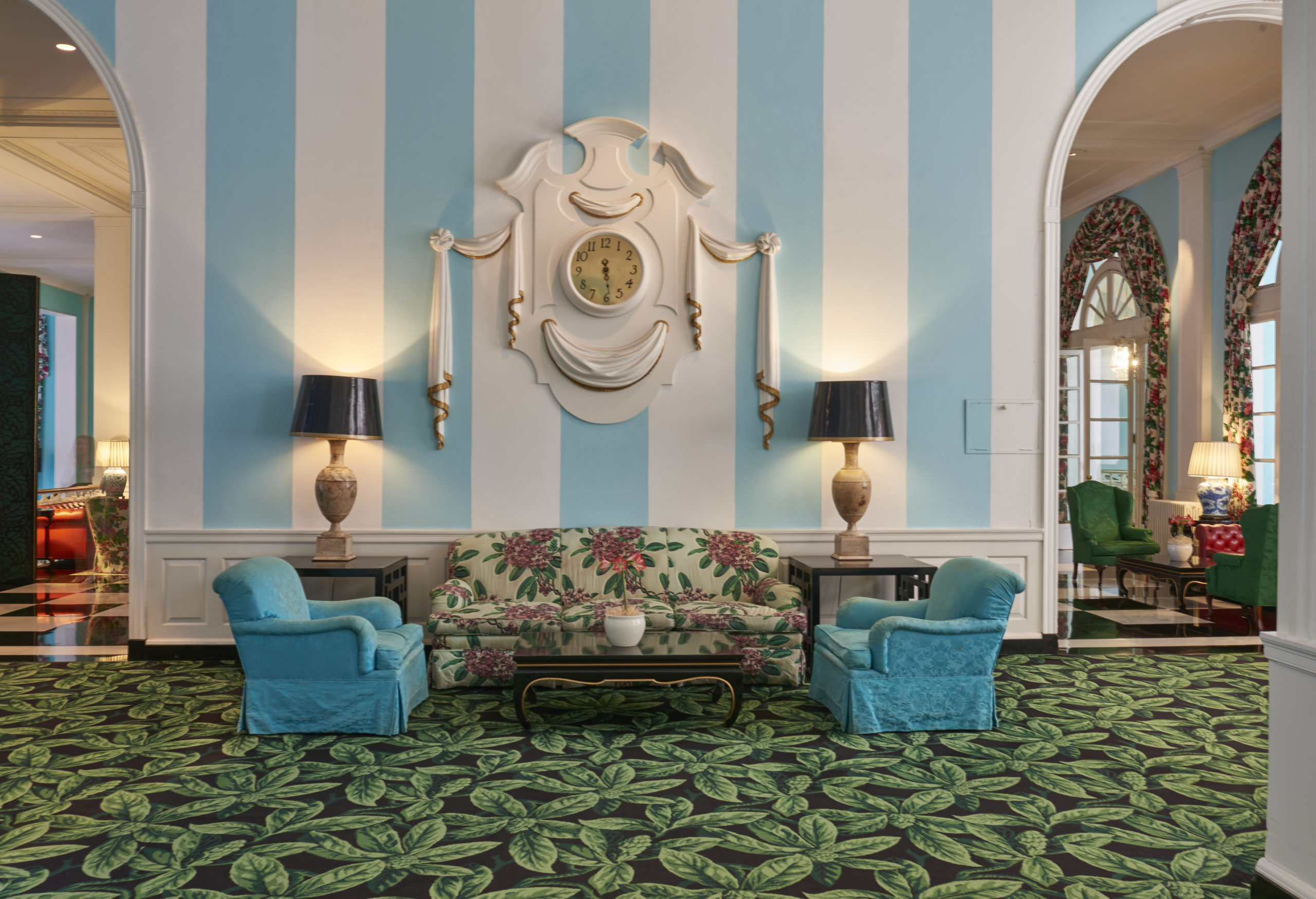
The Greenbrier clock & lobby. Image provided courtesy of Dorothy Draper & Company, Inc
Enter the world of Dorothy Draper, a most significant 20th century American interior decorator, who achieved international acclaim.
Some of the diverse exclusive addresses that benefited from her prestigious touch were the Forest Hills Inn at 1 Station Square, Rego Park Apartments on Woodhaven Blvd. and 62nd Dr, The Greenbrier in West Virginia, The Carlyle at 35 E 76th St, Hampshire House at 150 Central Park South, Metropolitan Museum of Art’s former Dorotheum Café, The Carillon House in Washington D.C., the Drake Hotel in Chicago, Bermuda Terrace at Brooklyn’s Hotel St. George and Palácio Quitandinha in Rio.
In 1923, Draper professionalized the industry by launching America’s first interior design company, which established a new standard. With no formal training, she garnered headlines for being a woman who took the initiative to pursue an independent business venture.
Properties that Draper applied her unique style to were considered “Draperized” and included hundreds of hotels, residential buildings and homes, theaters, offices and social clubs.
Today, Dorothy Draper & Company, Inc, continues to achieve much success nationwide, with offices in New York and Palm Beach, while preserving the Draper legacy.
Draper was born Dorothy Tuckerman in 1889 in Tuxedo Park, New York in one of the first gated communities in the country.
Born into a wealthy family, they also owned a Manhattan townhouse and had a summer cottage in Newport, Rhode Island. For a period of time, she lived at The Carlyle, which she decorated.
Draper died in 1969.
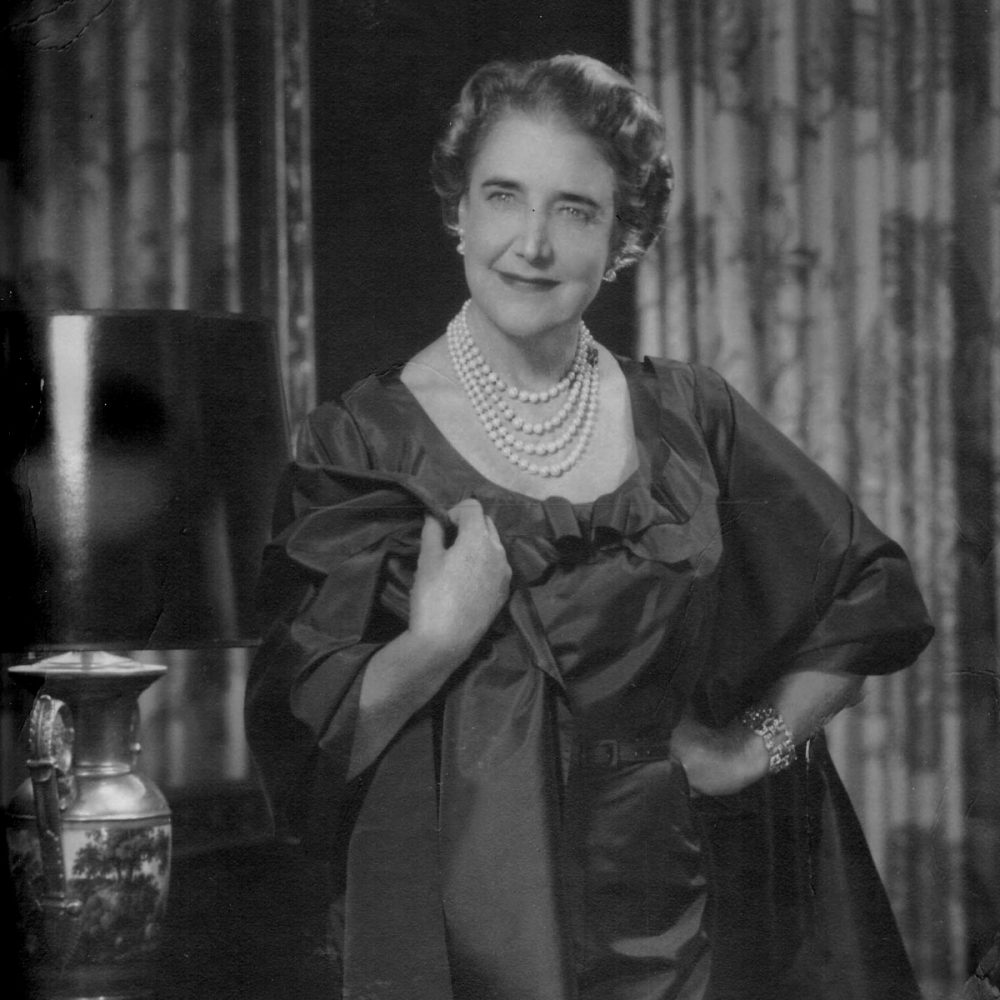
Dorothy Draper. Image provided courtesy of Dorothy Draper & Company, Inc
She is accredited with designing fashionable automobile interiors and the 1954 Chrysler Motor Show in Detroit. She also had the honor of applying her revolutionary style to airliners including the new Convair 880 in 1960.
She was editor of Good Housekeeping Magazine’s Studio of Architecture and Home Furnishing, which focused on the consumer in a mass market.
She was an Italian-American marketing committee member in 1950 and taught the Italians how to please American consumers, and was also noted as a guest of the Spanish government and originated Espana Line fabrics in 1954.
Palm Beach Gardens resident Carleton Varney (1937 – 2022) was mentored by Draper, who later acquired her company and served as president for over 60 years.
Today, he is remembered as one of America’s best-known interior designers.
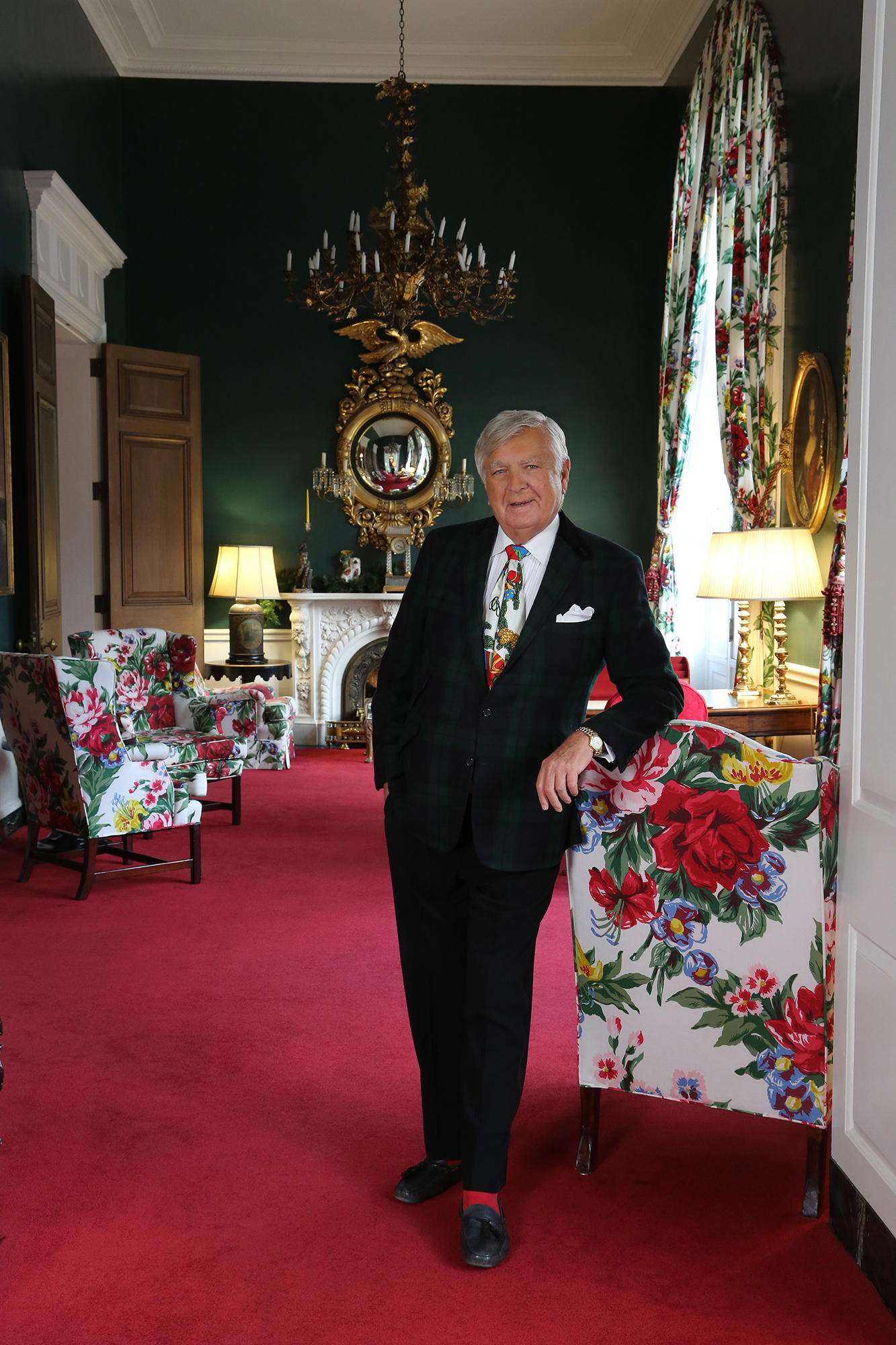
Carleton Varney in the The Greenbrier’s Victorian Writing Room. Image provided courtesy of Dorothy Draper & Company, Inc
His accolades include Architectural Digest naming him one of the “30 Deans of American Design” in 2005 and the Las Vegas International Market honored him with the Design Icon of 2015.
Varney’s design work benefited celebrities spanning fashion and entertainment industries, and his diverse talents took him worldwide.
He restored and decorated numerous hotels, such as The Waldorf Towers in Manhattan, Dromoland and Ashford Castles in Ireland, The Westbury Hotel in London, The Breakers in Palm Beach, The Greenbrier Hotel in West Virginia, The Stoneleigh in Texas and the Rock Resort Collection of Hotels including St. John’s Island in Virgin Gorda.
He worked for dignitaries and decorated the Governor’s Mansions in West Virginia and Hartford, Connecticut, as well as restored and redecorated the Vice President’s Residence in Washington D.C. during the George H.W. Bush administration.
Varney also authored books, including “The Draper Touch,” a biography of Draper, and novels titled “Kiss the Hibiscus Good Night” and “The Decorator.”
Much of the Forest Hills Inn’s interior associated with the Draper touch has since been destroyed.
In an October 1950 ad, this publication’s Leader-Observer announced the Windsor Room’s reopening (now Jade Eatery), calling it “one of America’s most beautiful rooms.” It read: “Make it a point to visit the Forest Hills Inn’s new main dining room. Once you see it, you’ll agree that it is truly one of America’s most beautiful rooms. Its unusual décor, created by Dorothy Draper, gives it a spaciousness and charm that make a perfect setting for the Inn’s wonderful cuisine.”
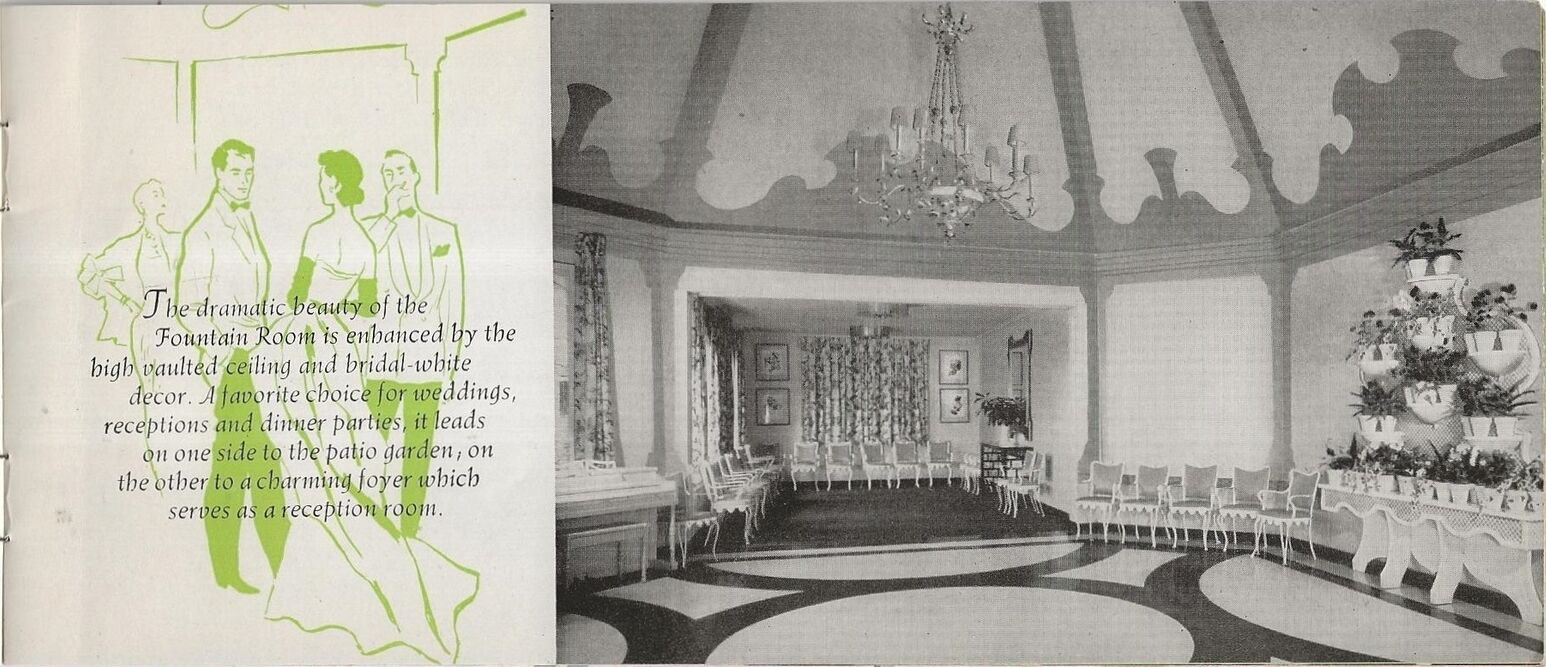
Fountain Room at Forest Hills Inn circa 1950 by Dorothy Draper
This space was used for lunch, tea, dinner or supper.
In 1952, columnist Agnes Murphy for the New York Post, referred to “sophisticated Dorothy Draper décor in a pleasant suburban setting.” An excerpt read, “The Fountain Room (now Jade’s party room), which faces the court at right angles to the Garden Room, is done in chartreuse and white. Its ceiling is swept up in the center into a Gothic arch and is decorated to give the effect of a pavilion. Attractive to look at and lending an added sense of space and airiness.”
The Tea Garden (then known as Patio-in-the-Garden), continues to feature a graceful pergola and a trickling central brick fountain, decked by flowers; a trademark of Draper’s style.
Murphy wrote, “The Garden Room, just redecorated in a mysterious leaf-patterned wallpaper and gleaming white paint, has advantages for winter entertaining.”
Draper’s versatility is also evident as an author of “Decorating is Fun! How to be Your Own Decorator” (1939) and “Entertaining is Fun! How to be a Popular Hostess” (1941).
Introductions by Carleton Varney can be found in both books.
Her voice comes alive through her syndicated column, “Ask Dorothy Draper,” launched in 1959. “Perhaps that room needs a bright dab of color to awaken it from its somnolent state. Just a couple of explosive colored pillows or a pot of hot pink cyclamen might do the trick. Something as simple as that can shake a room out of its doldrums,” she advised LI Star-Journal readers in February 1962.
Then in July 1963, she referenced the heading of an ad for summer dresses, “Wondrous are the ways of yellow and white” and asked her readers if they tried it for a room. She wrote, “You can have the walls a fresh-as-a-daisy white with yellow and white patterned slipcovers and curtains. Or you can have the walls yellow with the slipcovers white, with yellow accessories, and of course, lots of fresh flowers or green leaves.”
Dorothy Draper & Company, Inc’s interior designer Rudy Saunders, who is 29 and resides in Manhattan, feels it was phenomenal to be mentored by Varney, and now continues in his footsteps, as well as Draper’s.
This graduate of University of Cincinnati College of Design, Architecture and Planning, began working for the firm as an intern.
“I always loved design. Working here is a childhood dream come true. I am a history buff. Ms. Draper was a visionary who was ahead of her time. It’s fun going back and finding things that feel so futuristic or current, although they were done decades ago. She and Mr. Varney were so talented and we try to honor their legacy,” Saunders said.
He described her as a society name. “It’s interesting to see how she was brought into hotels and restaurants and different public spaces to add that glamor. It was definitely a marketing feature. To be able to say that Dorothy Draper reimagined this lobby certainly had that kind of star quality, which many hotel owners and businesses were looking for. What Mr. Varney said about her is that she really created a look, similar to how you can spot a Frank Lloyd Wright project.”
Saunders praised how some of Draper’s projects completed in the ‘30s and ‘40s withstood the test of time and maintained their wonderful nature. Draper referenced her style as “modern baroque.”
Saunders explained, “She would use the classic baroque elements and have a fresh take on it. She would over-scale plasterwork over doors and brackets on walls and use sconces and chandeliers that were really dramatic. She would use bright, fresh colors and have them all mixed together, such as a Christmas red with a green or pink and yellow.”
She was known for her use of fabrics, which also continues to be the firm’s signature trademarks.
Saunders cited colorful florals and mixing in stripes and checks into a space. “Mr. Varney was a wonderful cheerleader for her, keeping her relevant in the world. He kind of took her style, and then brought it to the next level with even bolder colors. In the Greenbrier, she painted the walls a bright sky blue, and Mr. Varney added stripes to it. He layered and added his sense of imagination and creativity.”
Today, Saunders and the design team resort to a vast archive while working on projects.
“There are so many different elements that they used over nearly 100 years of the firm. We are able to select things and be inspired, and keep their design ideas present and also adapt them for today’s world. If the carpet was a solid red, maybe we’ll do it with a slight pattern or a contrasting trim. Designers always try to think of what’s next,” he said.
Preserved examples of her work serve as an educational resource.
He explained, “The Hampshire House apartments on Central Park South is a private building, but you can peek into the window to see the lobby with its iconic plaster fireplace. The Carlyle on the Upper East Side has a lot of elements.”
He called The Greenbrier the best example to experience her work and Varney’s on a grand scale, and considers it nearly “a living museum of Draper.”
This has resulted in an annual tradition on-site during the first weekend in March, known as the “Dorothy Draper Decorating Weekend.”
Its immersive behind-the-scenes tours, lectures and receptions attract a geographically diverse audience, where some guests return annually.
Saunders referenced the unfortunate loss of the Metropolitan Museum of Art’s Dorotheum Café, but envisions Draper’s once whimsical and elegant touches.
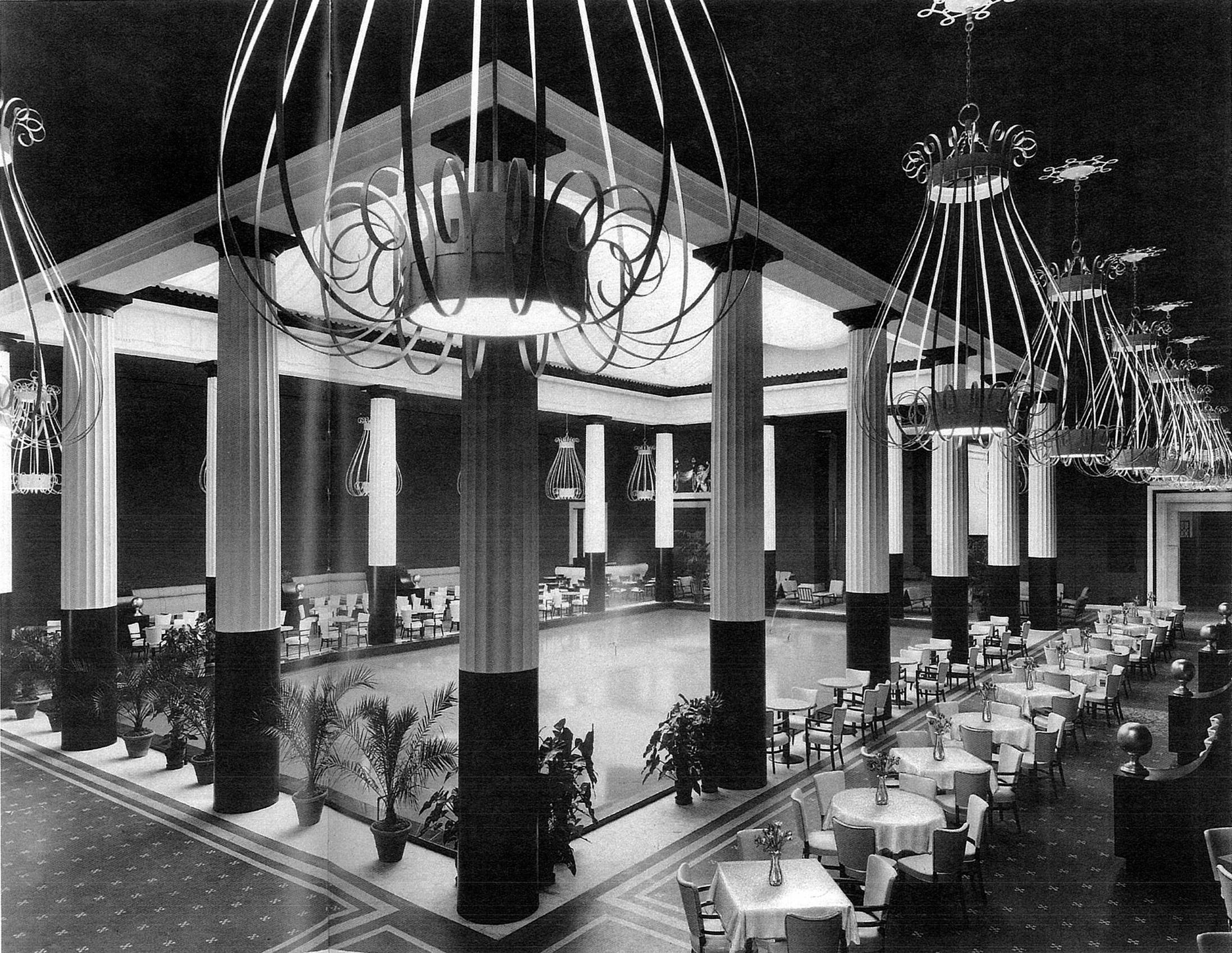
Dorothy Draper’s Metropolitan Museum of Art Dorotheum cafe. Image provided courtesy of Dorothy Draper & Company, Inc
“It was known for its massive birdcage chandeliers and fountain. Now it’s the Greek and Roman Sculpture Garden. You can still see the columns and the mosaic flooring.”
He marvels over Varney’s accomplishment of 37 books, where some feature archival images.
“For spaces that aren’t intact, you can acquire a feel,” he said.
Although Saunders never met Draper, he feels as if he kind of knows her.
“I’ve read each of her books a couple of times and there’s wonderful tips and tricks, and much is relevant for decorating and entertaining today. You get that feeling of who she was. She wanted decorating to be fun and not a chore, so that’s what we in the office keep in mind and feel that connection to her,” he said.
As for Varney, he commended his wonderful spirit. “He was a lot of fun to be around, and because of that, he attracted a team who is fun, interesting and creative.”
In 1957, she was interviewed by Edward R. Murrow on CBS at her residence at The Carlyle, where she took America on a tour.
Saunders feels inspired by her sense of humor and elegance, not only evident in her gown and jewelry and décor, but how she spoke.
Saunders offered tips for young designers seeking a career in the industry and emphasized the importance of working under another designer, to learn the business by interacting with clients, vendors and contractors.
“Try to expose yourself to as much as possible. You should see museum exhibits, shows or TV shows. We can learn much from history’s architects, designers and artisans. You’ll never know where inspiration will strike you.”

